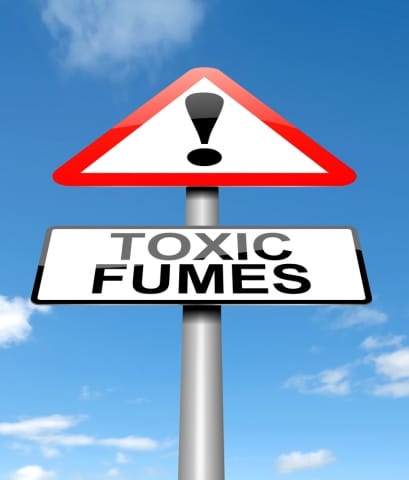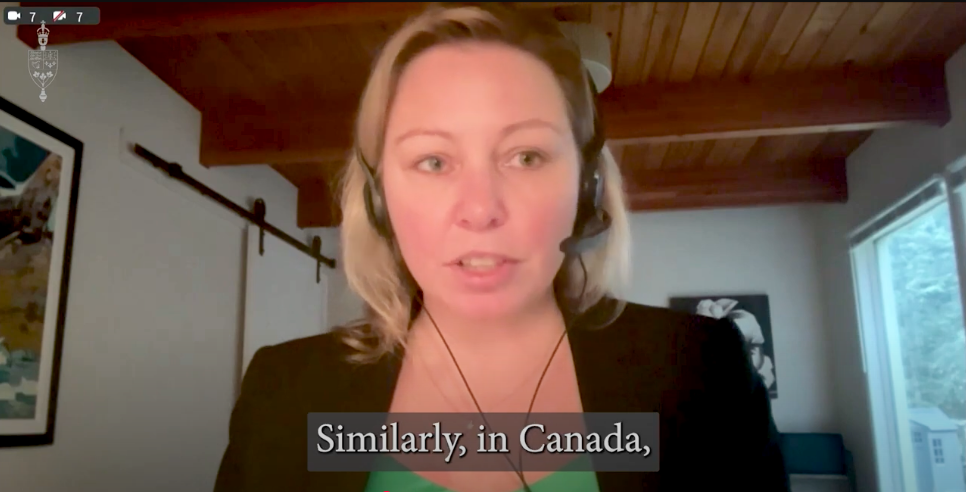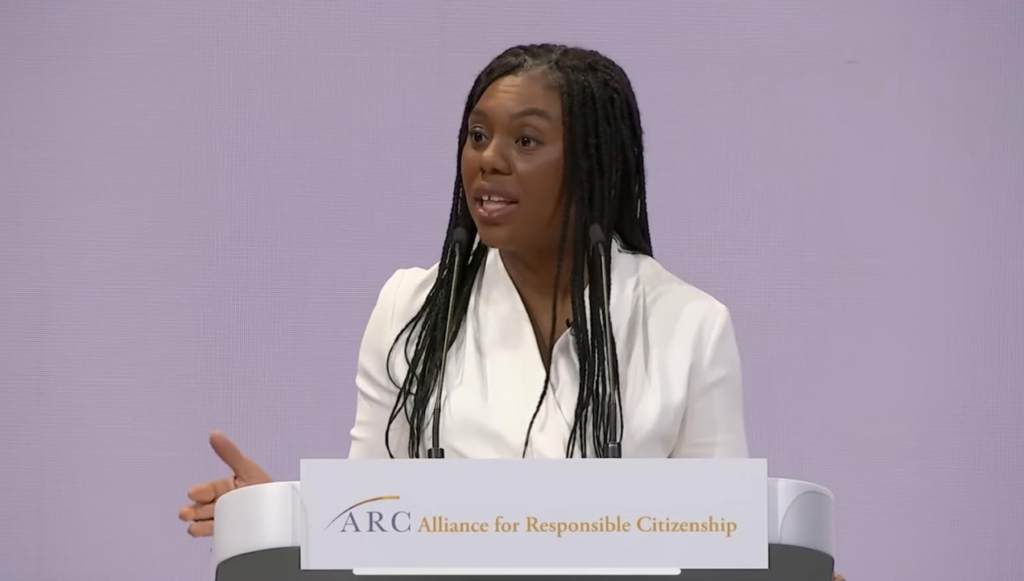For years, the oil and gas industry has worked to convince Americans that the rush to drill shale wells across the country will not only provide large corporations with lavish profits, but will also create enormous numbers of attractive and high-paid jobs, transforming the economies of small towns and cities that greenlight drilling.
The industry’s numbers are often picked up by policy-makers and politicians who back drilling, in part because talk of job growth is an especially alluring idea in the wake of the 2008 financial collapse.
But numerous independent studies have conclude that the industry vastly overstated the number of jobs that fracking has created, and that the economic benefits have been overblown.
A growing body of research suggests that not only does the industry create fewer jobs than promised, the jobs that are created come with serious dangers for the workers who take them.
Research made public late last month suggests that some of those jobs may be even more hazardous to workers than previously believed, calling into question the true benefits of the boom.
The Centers for Disease Control and Prevention (CDC) has released preliminary results from its workplace hazard evaluations at unconventional oil and gas wells – and they show that workers can be exposed to high levels of benzene during fracking flowback.
A striking 15 of 17 samples were over workplace limits set by the National Institute for Occupational Safety and Health (NIOSH). NIOSH standards are often used by the Occupational Safety and Health Administration (OSHA) to gauge whether a chemical exposure is illegally high.
The federal scientists not only tested the air that workers breathed for benzene, they also checked the levels in the workers themselves, using urine tests to gauge how much of the chemical was making its way into the workers’ bodies.
Although none of the workers tested were found to carry illegally high levels, the results “indicate some level of exposure during the work shift.” Benzene is a carcinogen so powerful that a single drop in a swimming pool-sized tank would be enough to contaminate the entire pool. NIOSH recommends that workers be exposed to the lowest feasible concentrations of benzene.
The oil and gas industry is already notoriously dangerous because of accidents and sudden deaths alone. The oil and gas industry’s fatality rate is 27.1 – compared to an average rate of 3.8 deaths per 100,000 workers across all American industries, according to Bureau of Labor Statistics released last year.
And while the number of jobs from the shale boom hasn’t lived up to industry hype, it is clear that more Americans work in the oil and gas industry than before the rush. Bureau of Labor Statistics data show that roughly 135,000 more Americans worked in the oil and gas industry in 2012 than did in 2007 – a large gain, but hardly the millions of jobs claimed by supporters (who often include in their figures jobs only marginally related to the boom).
Because the ailments from workplace chemicals can take sometimes years to develop, there’s no way of knowing how many oil and gas workers may ultimately be affected by the carcinogens and other toxins they’re handling today.
The benzene research highlights the difficulty predicting how the extent to which workers will be exposed to chemicals at fracking wells during a given work day.
“The NIOSH research found that airborne concentrations of hydrocarbons, in general, and benzene, specifically, varied considerably during flowback and can be unpredictable,” the scientists wrote, “indicating that a conservative approach to protecting workers from exposure is warranted.”
At times, the levels of chemicals at fracked wells may rise so high that they can be instantly deadly, the CDC and NIOSH warned earlier this year.
“According to our information, at least four workers have died since 2010 from what appears to be acute chemical exposures during flowback operations at well sites in the Williston Basin (North Dakota and Montana),” NIOSH researchers warned in a May 19 bulletin. “While not all of these investigations are complete, available information suggests that these cases involved workers who were gauging flowback or production tanks or involved in transferring flowback fluids at the well site.”
The newly released research is important not only for what it demonstrates about the risks that workers at fracking sites confront, but also for what it shows about how poorly health risks are understood by federal regulators.
Past research by the CDC and NIOSH has called attention the threats workers face from silica dust, or airborne particles from the sand used as a proppant during fracking. Silicosis, a potentially deadly lung disease caused by breathing too much silica, has plagued workers since the ancient Egyptians built the pyramids and in 2012, NIOSH warned of the threat to oil and gas workers after their research showed that exposures to silica at 11 different fracked wells in 5 different states “consistently exceeded ” federal safety limits.
The silica levels at fracked wells were so high, NIOSH researchers warned, that respirators and masks would not be enough to prevent workers from coming down with the preventable but incurable disease.
Like the silica study, CDC‘s new research – part of a multi-part study of hazards in oil and gas fields – focused on individual exposures to one particularly dangerous carcinogen.
In general, federal workplace safety officials approach chemical risks by testing for the levels of individual chemicals or dangerous toxins at a given workplace. This can make sense when workers are in a controlled environment like an assembly line, where the substances handled by workers are used one at a time.
But at a shale oil or gas well, workers may be exposed not only to the chemicals trucked in to use during drilling and fracking – many of which contain secret ingredients not disclosed on the label or to the public – but also, a mix of naturally-occurring heavy metals, radioactive materials along with the actual oil, gas, and other hydrocarbons like propane and ethane that the wells are targeting.
“We really don’t have a holistic view of what chemicals are used during drilling and fracking,” said Alison Grass, a researcher with Food and Water Watch, which recently published a report on worker safety at oil and gas wells.
And these substances can mix in ways that are poorly understood, creating unexpected health threats.
For example, one team of scientists from Houston’s Rice University recently sought to figure out precisely which organic compounds were in samples of produced water from fracked wells, using mass spectrometry to fully profile the contents of the water.
The researchers were surprised to discover a group of chemicals called halocarbons in the wastewater – even though halocarbons weren’t found either in the chemicals used during fracking or among the naturally-occurring substances in the area.
The culprit: wastewater recycling using chlorine, the scientists revealed in a peer-reviewed paper published August 13 in Environmental Science: Processes and Impact. The chlorine reacted with naturally-occurring materials deep underground when the recycled wastewater was re-used by drillers, and the halocarbons – including some known to cause liver damage – formed.
Without the detailed testing of the wastewater, no one would have known it contained halocarbons – meaning that if regulators were checking to see if treatment had removed contamination, they likely wouldn’t know that they should be testing for those materials.
In part, the way that the CDC and OSHA have approached chemical exposures at fracking wells is part of a larger pattern of poor protection of workers’ health by federal regulators. Every year, over 40,000 Americans die because of the toxic substances they were exposed to at their jobs, a staggering ten times the casualties caused by workplace accidents, the New York Times reported in 2013.
“I’m the first to admit this is broken,” David Michaels, chief of OSHA, told the paper, referring to his agency’s handling of workplace health hazards.
OSHA, critics charge, is hamstrung by its small budget and by statutory limits that cap fines at startlingly low levels.
In May 2011, CJ Bevins was working on an oil and gas rig in Smyrna, New York, his mother Nancy Bevins told Shalefield Stories. Even though OSHA concluded that the companies Mr. Bevins worked for were at fault, she said, they were only fined $4,900 for the deadly accident.
These low penalties may help explain why some drillers and their contractors continue to shun protective gear, even as the health risks becomes clearer.
“If I would have known the damage those tanks would do to me, I would never have cleaned them,” Jose Lara, a former industry worker, testified, according to Food and Water Watch’s report.
“For six years, his job had been to climb into and clean wastewater tanks for natural gas drilling companies. Lara, now deceased, believed that he got pancreatic and liver cancer from his job,” Food and Water Watch wrote. “Despite the noxiousness of the wastewater, Lara was not supplied with any protective clothing or gear nor was he briefed on the toxins he would be exposed to on the job.”
The OSHA fine for Mr. Lara’s employer? $10,200.
Photo Credit: Illustration depicting Toxic Fumes Sign, via Shutterstock
Subscribe to our newsletter
Stay up to date with DeSmog news and alerts







